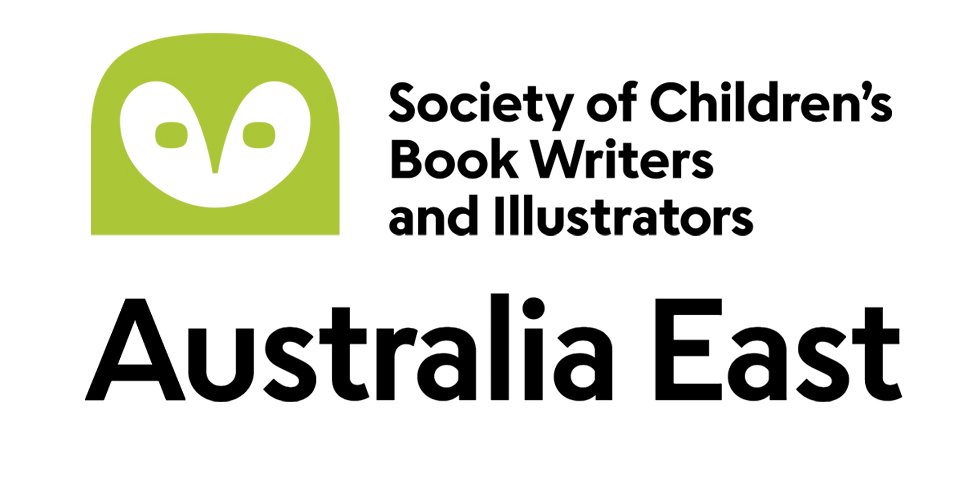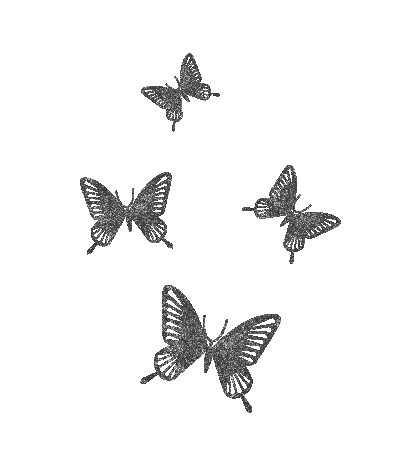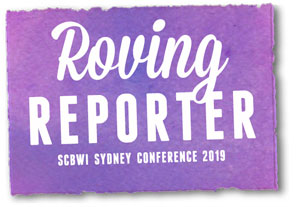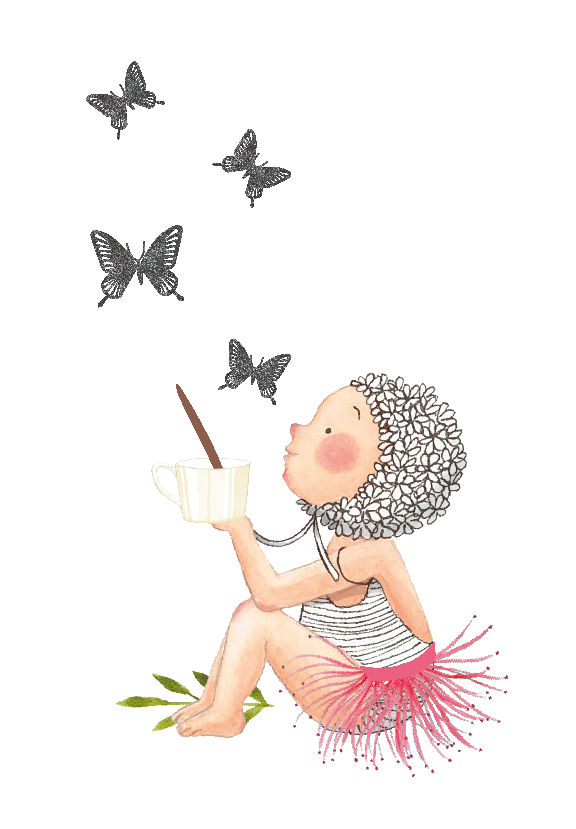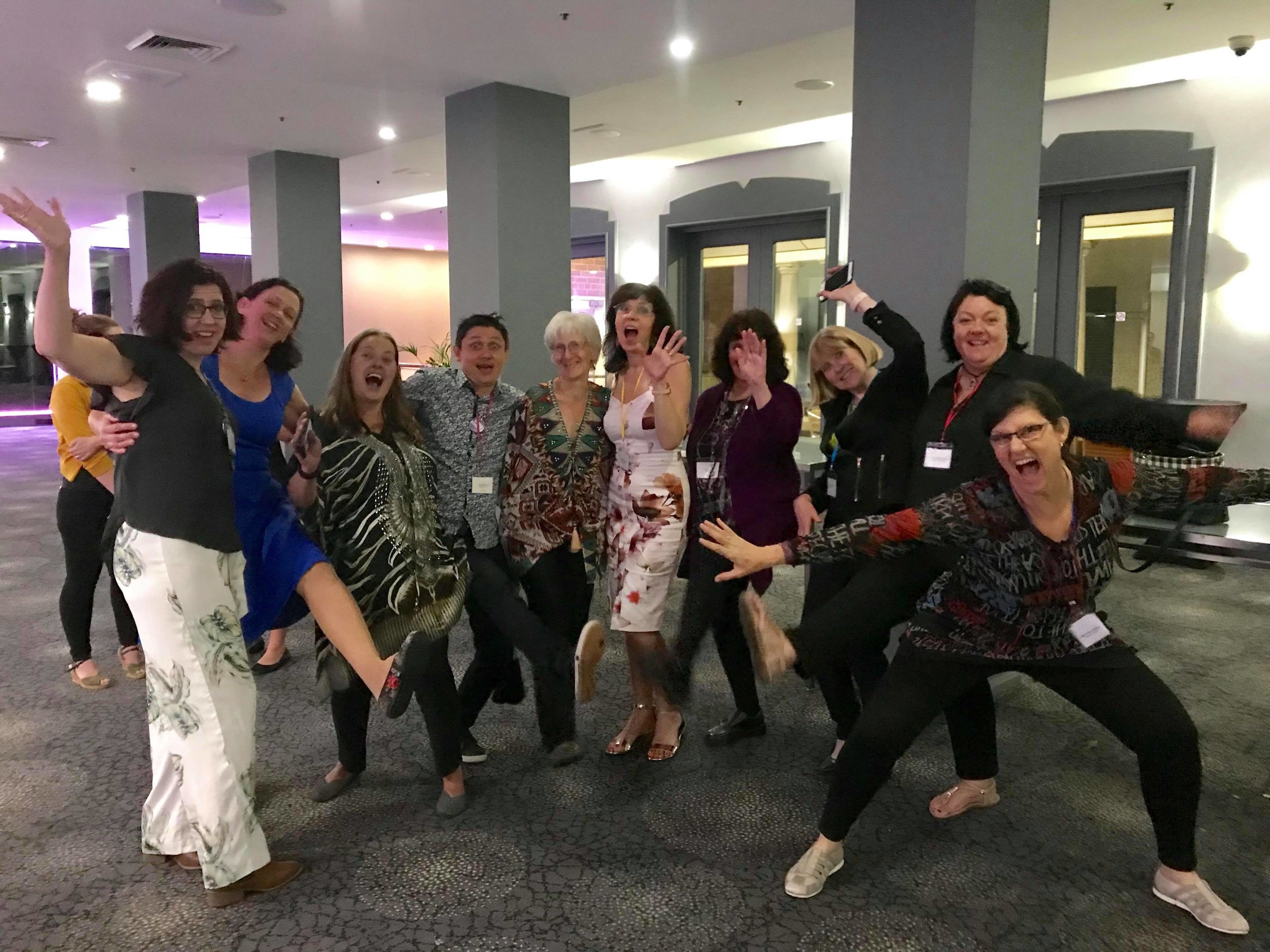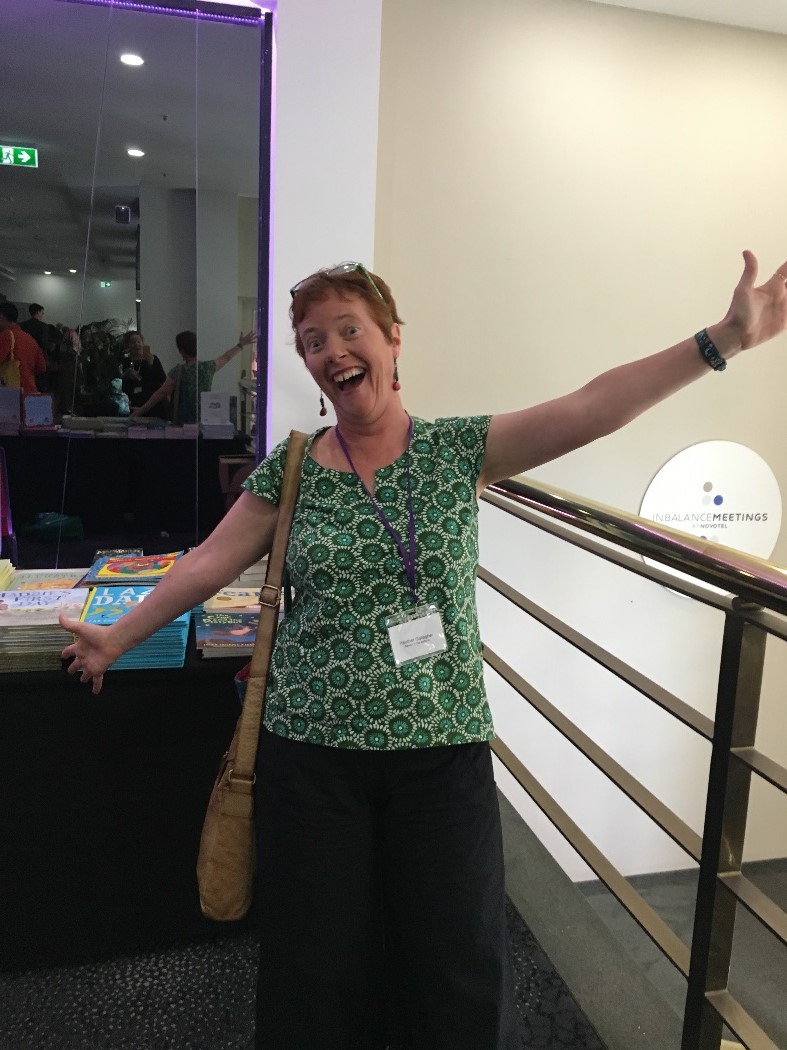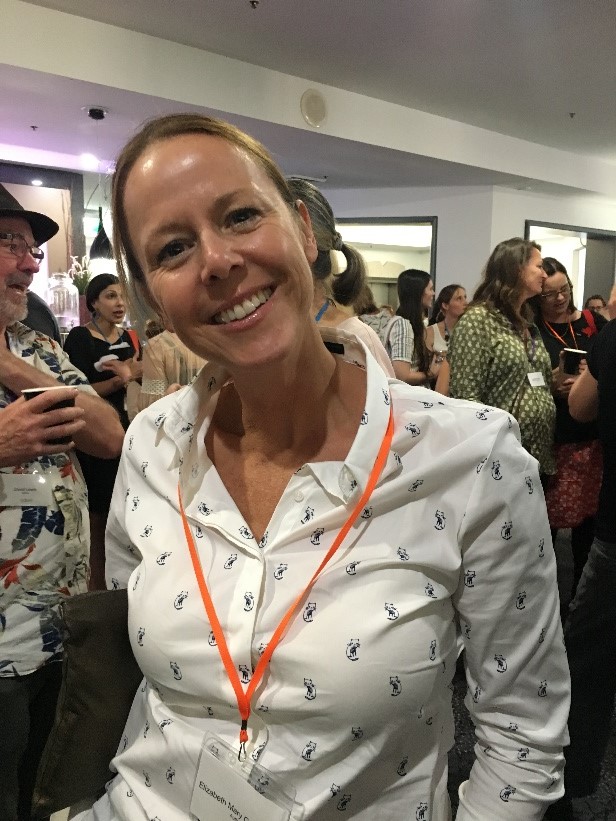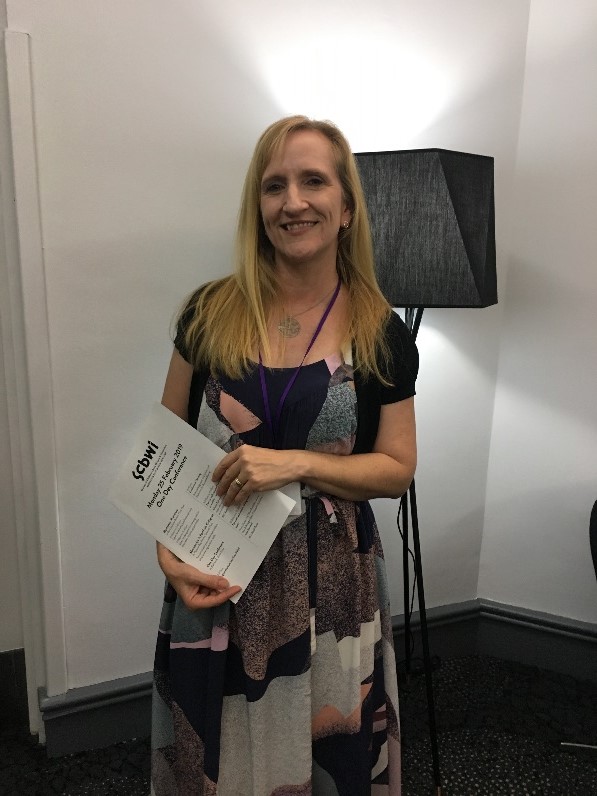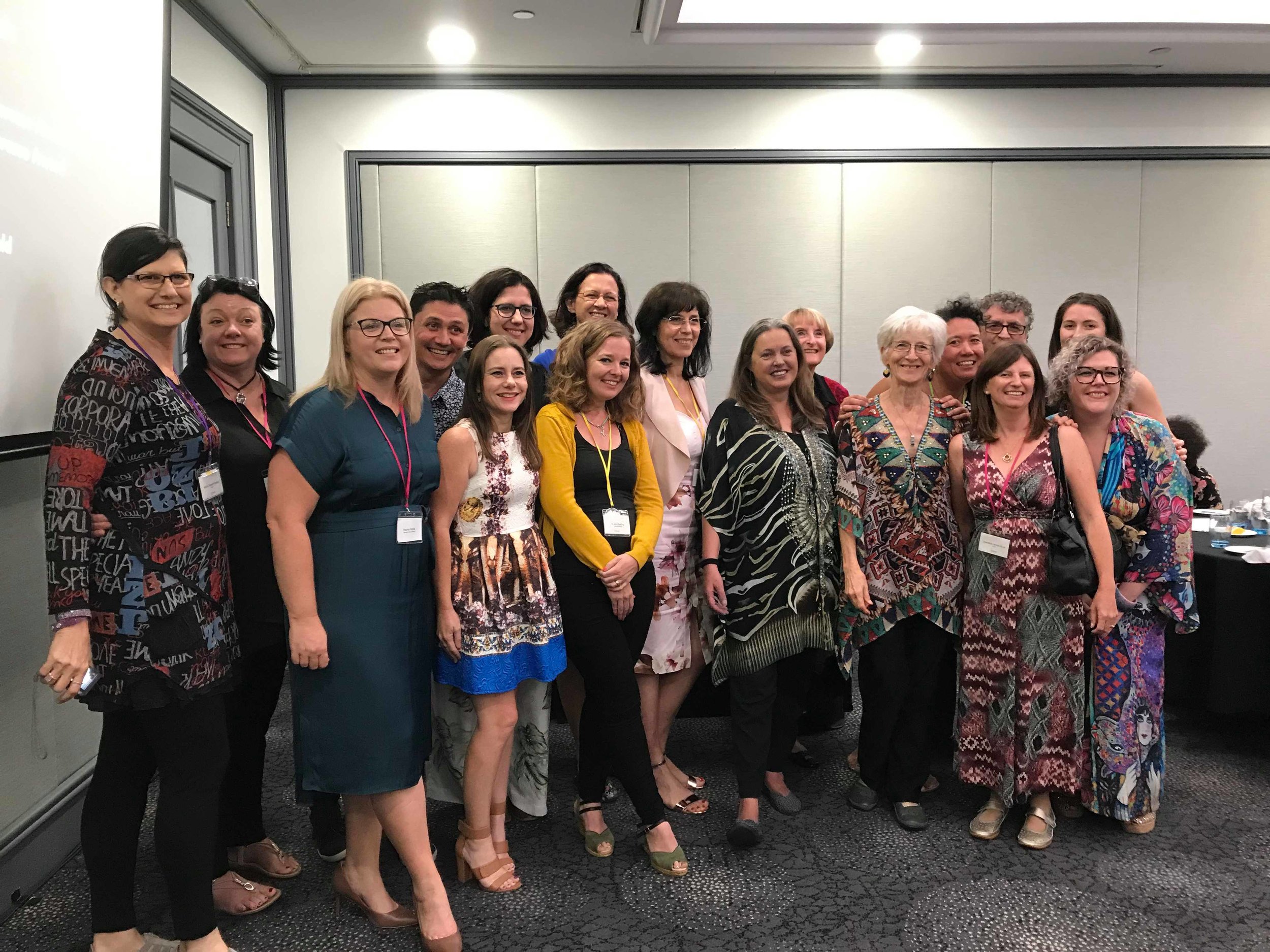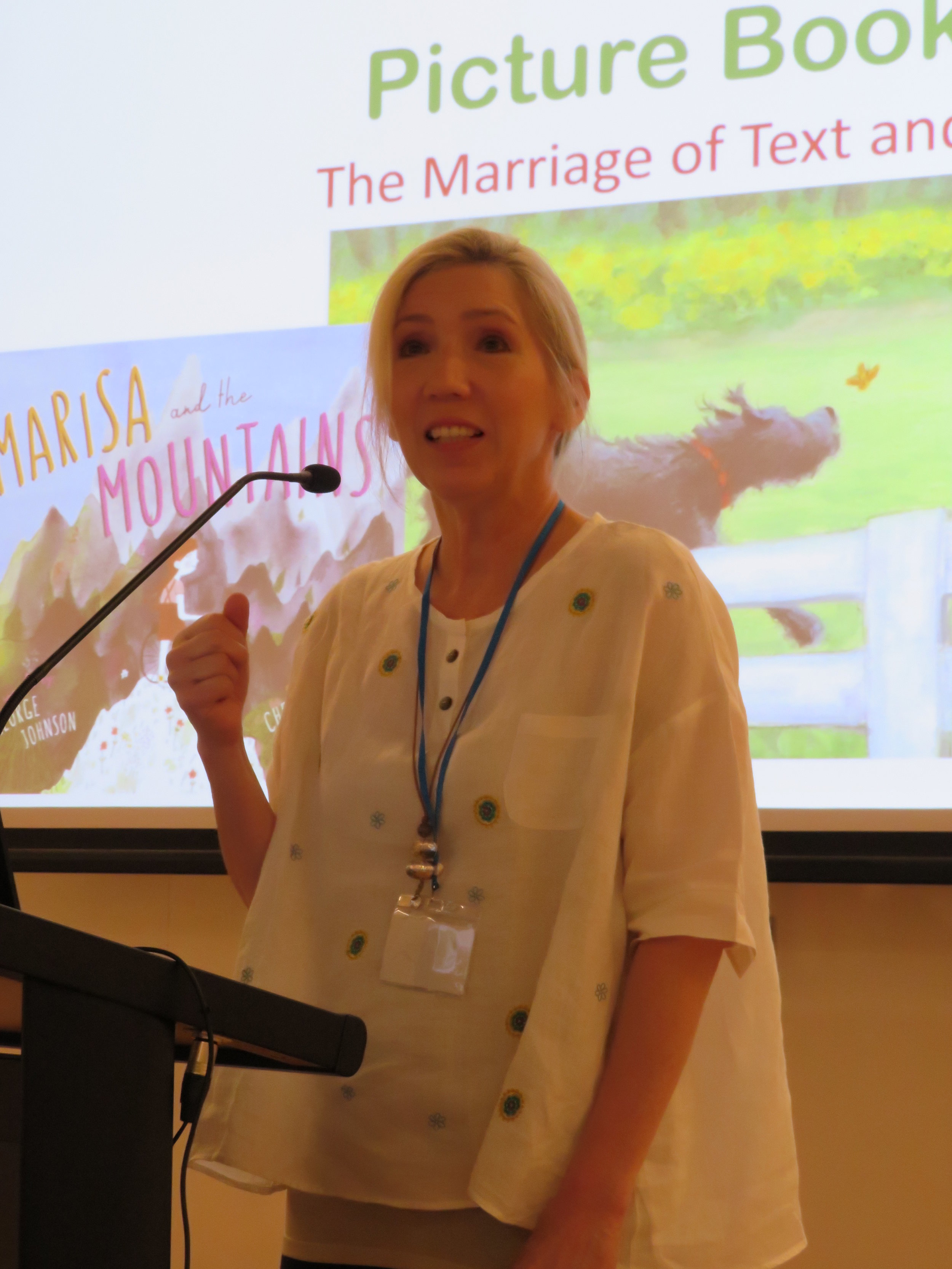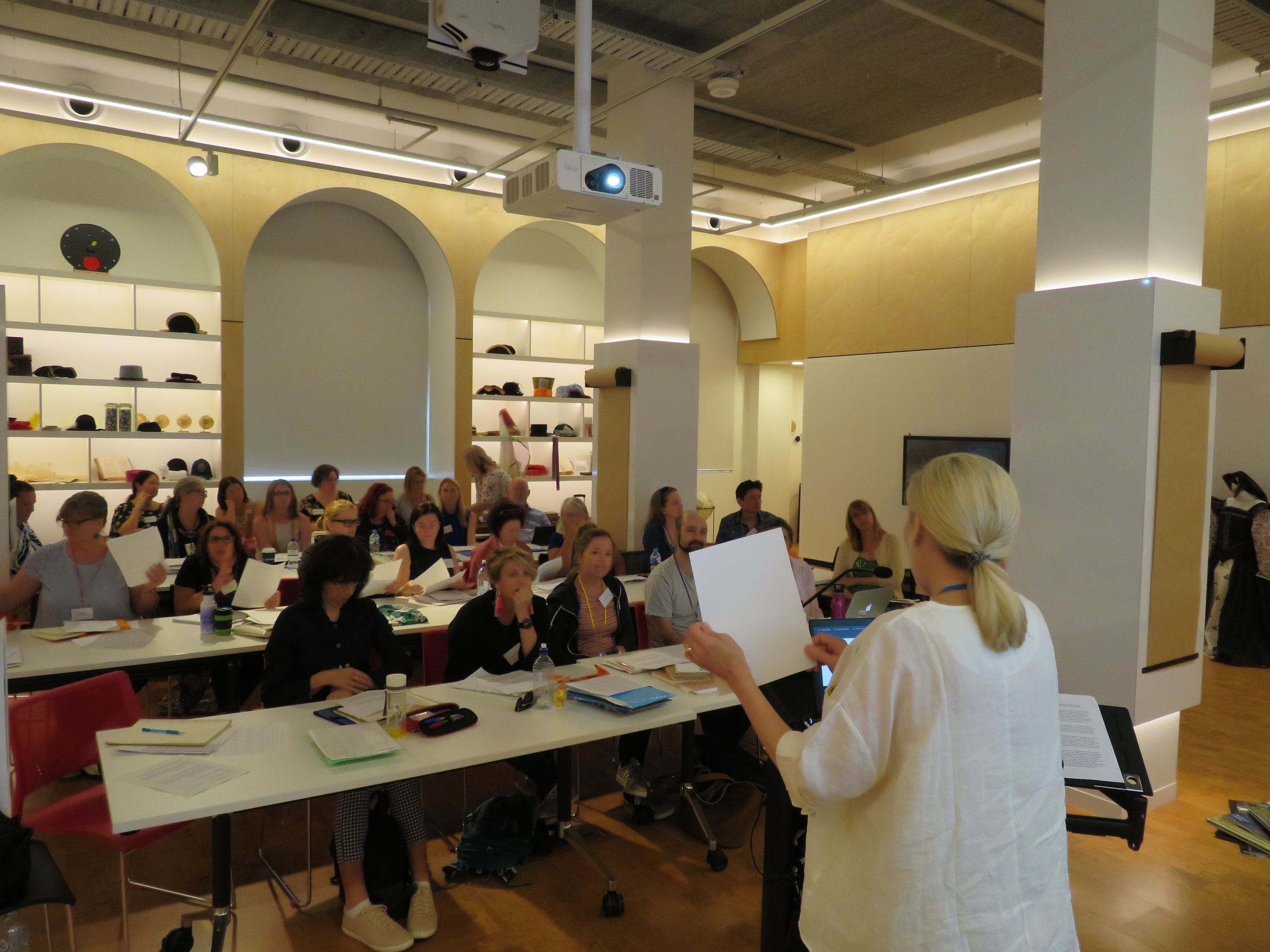The SCBWI Conference Blog would be but an empty flower pot if not for the commendable efforts of our Roving Reporters. Through their reports, images and carefully crafted thoughts, the blog has blossomed into a veritable jungle of facts, figures, writing advice, publishing know-how and illustrative wonder.
I hope you have enjoyed our coverage of the 2019 Australian NZ SCBWI Conference and maybe have even discovered a little nugget of information that will help your writing or illustrating careers germinate into something special. Please join me in thanking our fabulous team - the RRers!
Here’s what some of you had to say about your SCBWI Conference experience.
‘It’s great seeing firsthand that agents and publishers are real people’ Michelle
‘Being altogether’ Jo
‘The camaraderie and how approachable everyone is is phenomenal. The sessions really crystalise one’s knowledge’ Candice
‘Feeling the love and genuine sense of community from the crowd’ Katrin (read Yvonne’s full interivew with Katrin post her Illustrating Award win, here.)
‘I learned how to accept feedback and how important that is’ Giuseppe
‘The friendliness and open welcoming inclusive nature from everyone was great’ Maria
‘The constant reminder that nothing else matters except story - it’s all about story’ Serge
‘Memorable because of the all round friendliness and Julia Marshall’s advice in “celebrating the quiet”’ Emma
‘The amazing support from everybody throughout my near disaster episode of losing my portfolio - and then getting it back in the nick of time!’ Thea
‘Loved my first time illustrators’ showcase experience’ Bethany
‘Appreciated the immersion with kidlit themes and the intensity of the whole experience. Loved catching up with online friends in real life, too’ Elizabeth
‘The best thing was the collective wisdom’ Liane
‘I loved the vibe and energy and particularly, the Illustrator Duel!’ Jo
‘Loved my critique session with Mira Reisberg and her knowledge. Enjoyed meeting my online critique group IRL, too!’ Nicole
‘Loved Julia Marshall’s masterclass and her advice on marketing. Learned how to hone my writing skills so I can take control of my career’ Heather
For many, this summarised what the conference confirmed for us all -
‘That just as we are the masters of our own pens and paintbrushes, so too are we the captains of our own careers.’ Dimity
Till the next time I get to don my gardening gloves,
Rove ya later!
Dimity (Head Gardener)
#SCBWISyd
Illustrations by Tania McCartney
